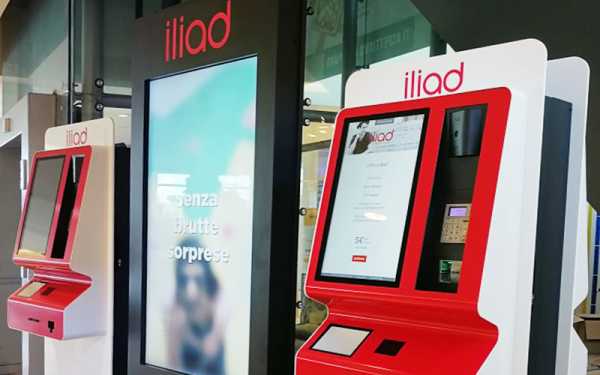In Part I of this blog, we offered a quick introduction to self-service kiosks, explaining where they are most commonly used, how they work and their major benefits.
If that article answered the question ‘What is a kiosk?’ then the follow up we tend to hear from retailers is: ‘What’s in it for me?’ As a self-service kiosk marks a departure from traditional point of sale systems for most retailers, this is a very valid point well worth expanding on.
In this article, we will dig deeper into the operational benefits kiosks offer to retailers, starting with a key point we touched on in Part I – automation.
Freeing up staff time
A lot of what happens at the point of sale, at least as far as processing a purchase goes, is purely administrative. Retail has always functioned with members of staff entering prices into the point of sale device, scanning barcodes, initiating payment and handing over a receipt, simply because there has been no alternative.
Now, kiosk technology allows all of these things to be automated and managed directly by the customer, freeing up staff time to focus on service and other value-added activities.
A self-service kiosk includes all of the equipment required to process a sale independently of retail staff – a touchscreen for navigating through the sales process, a payment device / card reader, a printer and, if required, a barcode scanner.
Some retailers will rightly point out that POS is not always purely about processing sales, and there are valuable aspects of service that machines cannot replicate. In electronics retail, for example, the POS might offer an important opportunity to talk about product care or warranties.
The key here is for individual businesses to decide whether or not kiosks would fit with their operational priorities at point of sale.
Self-service checkout has become very popular in grocery retail, for example, as the goasl of supermarkets is to move shopping baskets through checkout as quickly and efficiently as possible. Automation makes sense, especially as there is little scope for upselling or providing other value-added services.The fact that many now offer a mix of staffed and self-service options is mainly to suit shoppers’ preferences.
Marketing opportunities
Self-service kiosks offer retailers a valuable piece of real estate – a digital screen. And wherever there is a screen, there is an opportunity to advertise.
Kiosks are highly flexible in the range of marketing opportunities they offer. Instead of lying dormant when they are not being used – i.e. when a customer is not using one to make a purchase – the screens can be put to good use to run promotions of your choosing, be it graphics, animations or videos.
Kiosks also offer excellent upselling and cross-selling opportunities at point of sale. These may include a fixed promotion which automatically appears to every customer, or personalized recommendations based on customer purchasing history that are linked to CRM and marketing platforms.
Automated Ticket Machines (ATMs) in cinemas, for example, are routinely used to encourage customers to visit the concessions counter to buy snacks and drinks. In other areas of retail, recommendations might be based on items the customer is scanning, or on an individual’s purchasing history if they have presented a loyalty card to identify themselves.
Finally, kiosks can also be run as multi-use resources combining POS systems, customer information / service and marketing. Touchscreen kiosks are ideal for providing interactive platforms where customers can not only look up product information, they can also access a range of multimedia promotional materials which will help establish a connection with your brand and strengthen sales leads.
Hassle-free maintenance
We will close with a feature of self-service kiosks which helps to alleviate a common concern – maintenance. With members of staff not using them regularly, what are the protocols for spotting and reporting faults? What if a glitch develops and, unnoticed, becomes a serious issue that brings the whole system down?
Unlike most models, AURES kiosks come standard with remote monitoring software. Remote monitoring takes over the role of manually checking operational performance. Using a set of parameters which indicate a required operational level, AURES kiosks report live status updates on the hardware stack (the machines, the electronics, etc.) and the software stack (the application, operating system and anti-virus software) directly to a Helpdesk.
Should a glitch be identified, an engineer can be dispatched to rectify the problem before the retailer even realizes there is an issue. Overall, eliminating the human element and the risk that a fault won’t be detected is a very efficient way to maintain equipment.




